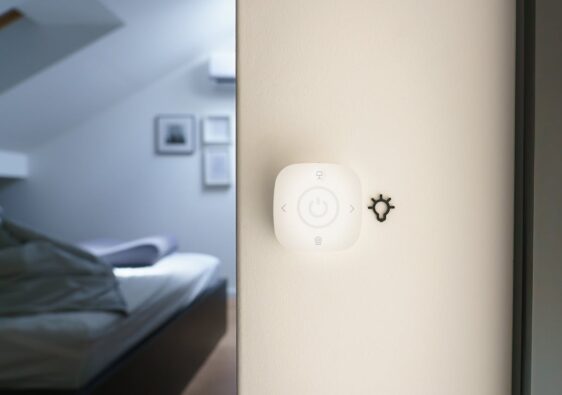With concern for the climate crisis at an all-time high, many people are looking for ways to conserve energy and reduce their carbon footprints. Energy-efficient housing options are desirable, but if you’re looking for ways to save energy in your current home, use these four tips.
1. Install Alternate Power Sources
Most homes use energy from the power grid to operate. Unfortunately, electricity uses up more energy than alternative power sources, so you likely have a large carbon footprint if this is how you gather the energy you need to operate your home. Installing alternative power sources is a good way to help the environment while saving money. Having a windmill on your roof or in your backyard to harvest wind energy is one option. Using solar panels on your roof is also a good option. Make sure you have a solar battery backup for home if you choose to power your home with solar energy.
2. Switch to Energy-Efficient Windows
Your HVAC system is one of the largest consumers of energy in your home. It is responsible for keeping your house at a comfortable temperature year-round, but if it has to run frequently, it raises your energy consumption drastically. One way to keep hot or warm air from escaping your home is to invest in energy-efficient windows. These double-paned windows are better at keeping indoor and outdoor air separated so that the outside temperature does not affect the inside temperature. Make sure you caulk around the windows to patch up any tiny holes that could allow air to escape from your house.
3. Change Lightbulbs
Traditional incandescent lightbulbs are popular, but they produce a lot of heat and use up a significant amount of energy. Turning off lights whenever you are not using them is a good habit to conserve energy and save money, but changing to LED light bulbs makes a bigger impact. LED bulbs are up to 80% more energy efficient than their traditional counterparts. They also produce less heat so your house will not be as warm and there is less of a fire hazard when you have the lights on. Another benefit to LED light bulbs is that they last much longer than other types of bulbs, so you need to replace them much less frequently. It may be a larger upfront cost, but it will save you a significant amount of money in the long run.
4. Use Low-Flow Water Fixtures
Traditional water fixtures are high-flow and produce great water pressure. The downside to this is that they often waste water and use up a lot of unnecessary energy, so making a simple switch can help you conserve energy and save money on your water bill. Replaces all of your water fixtures with low-flow ones that use less energy and conserve water. You can find low-flow fixtures in a variety of colors and materials to match any aesthetic.
Making your home more energy-efficient is a good way to do your part to save the environment. Use these tips to get started.



